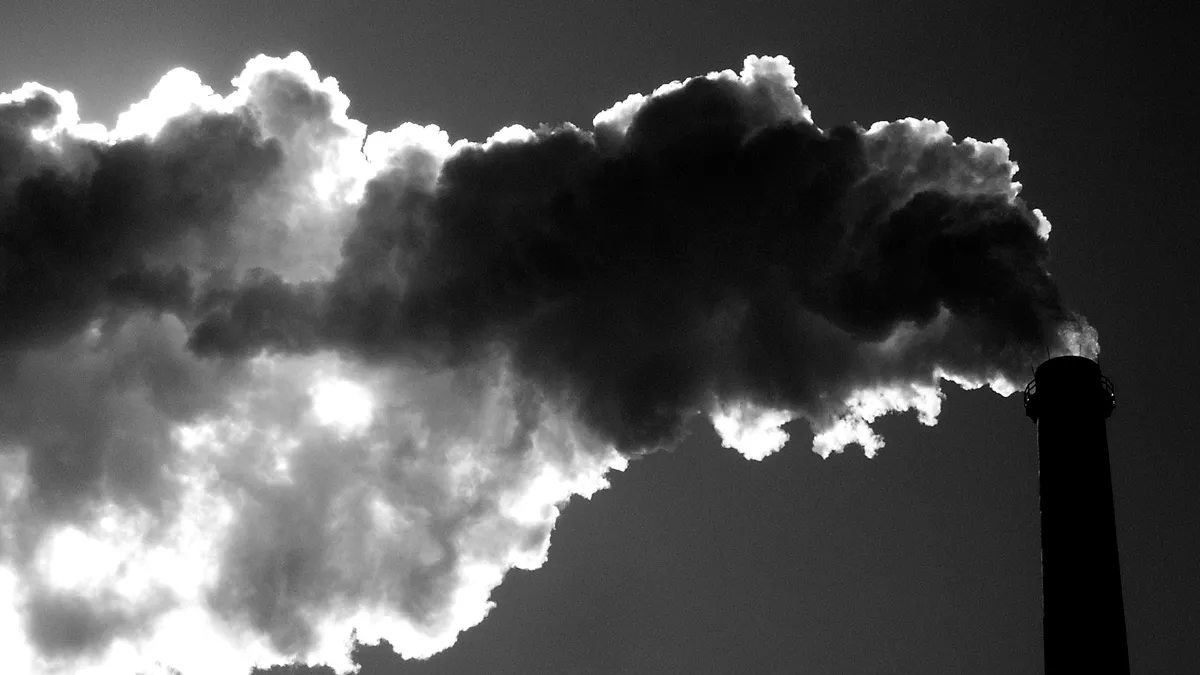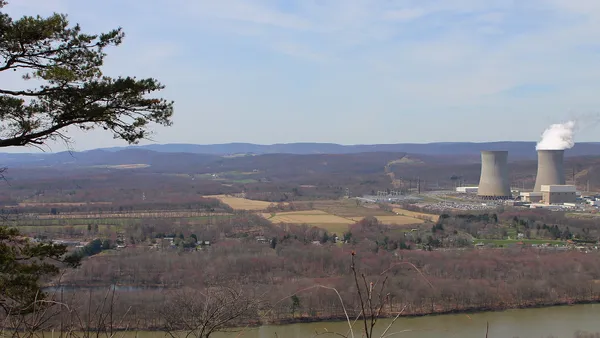Dive Brief:
- Henderson Municipal Power and Light in Kentucky will close its coal plant early next year and turn to the open market for its power needs, as the aging plant's energy production is consistently more expensive than available supplies.
- Henderson's 300 MW coal plant, Station 2, is operated by Big River which sells the excess energy. However, power from the plant costs approximately 33 times more than alternative generation and it ran infrequently, local news station WFPL reported earlier this year.
- In a letter earlier this month, the Midcontinent ISO (MISO) approved the shutdown of Units 1 and 2 effective Feb. 1, 2019, after determining the generation was not necessary as a system support resource.
Dive Insight:
Coal-fired generators continue to close down, and Henderson's power plant is only the most recent example. According to the Sierra Club, the plant is the 277th coal generator that has shut down or announced plans to do so since 2010. And new research finds closures are accelerating.
The Institute for Energy Economics and Financial Analysis (IEEFA) on Thursday released an analysis estimating 15.4 GW of coal-fired capacity will close this year, including 44 units at 22 plants. This year at least 11 GW have retired and the final tally is predicted to eclipse the previous record of 14.7 GW retired in 2015. IEEFA estimates another 21.4GW of coal-fired capacity will close over the next six years.
"The competitive environment for coal-fired power in the generation marketplace is becoming ever more challenging," Seth Feaster, IEEFA data analyst and author of the report, said in a statement. He pointed to the declining cost of renewables and natural gas prices that "are expected to remain low for the foreseeable future."
There have been exceptions. Just last week, FirstEnergy announced it would delay closing its 1,300 MW coal-fired Pleasants Power Station in West Virginia. The plant had been slated to close next year, but will instead continue operating into 2022. That decision, however, had less to do with coal's long-term viability and more with the bankruptcy proceeding of FirstEnergy Solutions.
IEEFA estimates that in July the U.S. coal fleet stood at about 246 GW, but by the end of 2024 that capacity could be reduced 15%.
"Cost is the biggest force in the decline of coal, as renewables and gas-fired generation are proving cheaper and more flexible," the analysis said, also warning the electric generation industry is "well into a fundamental transition that is gaining momentum and will probably accelerate as technology disruptions occur."
As for the Henderson plant, MISO informed Big River three weeks ago that "the decision to retire is considered final and the existing interconnection rights for the generators will be terminated as of the retirement date."
Clarification: A previous version of this story said 277 coal-fired power plants have retired in the U.S. since 2010. That number includes both actual and announced retirements.















